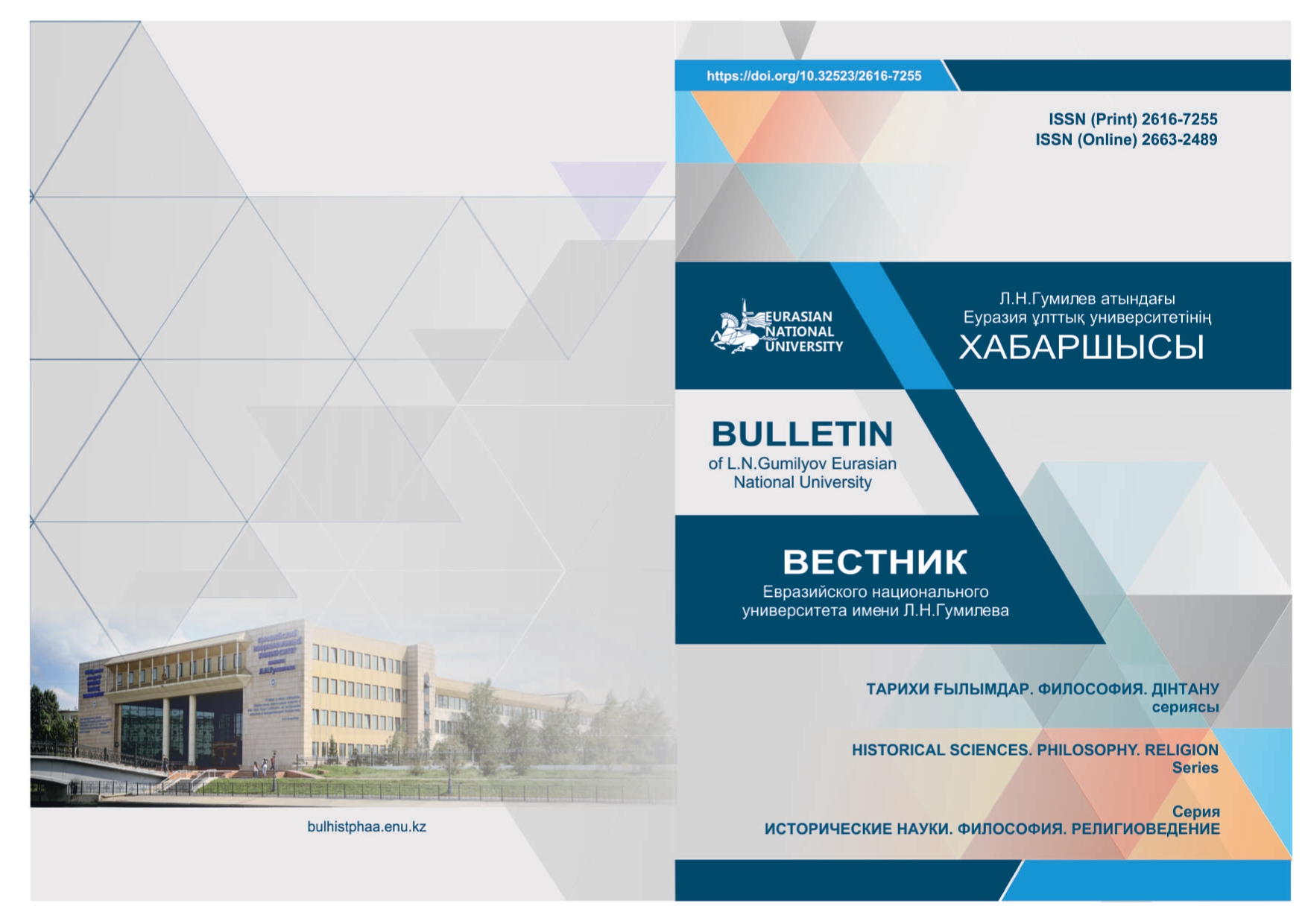Union of naymans and merkits in the 13th century
Views: 197 / PDF downloads: 149
DOI:
https://doi.org/10.32523/2616-7255-2020-130-1-35-49Keywords:
ХІІІ century, Naimans, Merkits, Genghis Khan, nomad directions, East of the Dzungarian lowland, West of the Dzungar Lowland, state of the Idicut, State of the Kara Kidan, Khan KuchlukAbstract
This article discusses the creation of the alliance in the 13th century between the Naiman Kaganate that lived in the Altai and Khangai mountains and the Merkits who inhabited the southern parts of Lake Baikal, and their opposition to the forces of Genghis Khan, also considers the route of movement after their defeat by the Mongol forces. In the article, the author refutes the point of view of the Chinese historian Su Beihai that after the Merkits and Naimans lost the battle, the Mongols migrated to the Idikut state through the Altai Mountains and the eastern part of the Dzungarian lowland. The fact is that, after the defeat by Genghis Khan’s troops and retreating to Western Altai, the Naimans and Merkits were not able to cross over the Irtysh again and move to the Eastern part of Altai, which remained under Mongol rule. On the same basis, according to historical data, the Naimans and Merkits, after being defeated by the Mongols at the intersection of the Bukhtarma River and the Irtysh River in Western Altai, migrated to the borders of the Idikut state through the mountains of Kalba, Tarbagatai and the Western edge of the Dzungarian lowland. In addition, the history, ethnocultural ties and traditions of statehood of these two ethnic groups are presented before the conquest of Central Asia by Genghis Khan in 1218.
Downloads








